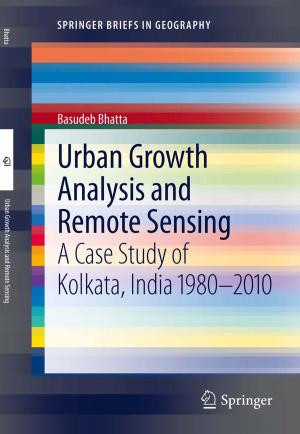Immigration Regulation in Federal States
Challenges and Responses in Comparative Perspective
Nonfiction, Social & Cultural Studies, Political Science, Government, Social Policy, Social Science, Cultural Studies, Emigration & Immigration| Author: | ISBN: | 9789401786041 | |
| Publisher: | Springer Netherlands | Publication: | March 18, 2014 |
| Imprint: | Springer | Language: | English |
| Author: | |
| ISBN: | 9789401786041 |
| Publisher: | Springer Netherlands |
| Publication: | March 18, 2014 |
| Imprint: | Springer |
| Language: | English |
The book examines the phenomenon of immigration federalism: its main characteristics, why and how it has developed, its implications for immigration systems (in general) and non-citizens’ rights (in particular). The book introduces the reader to theoretical perspectives on immigration federalism through three sets of literature – federalism, governance and non-citizens’ rights – that provide a necessary framework for understanding immigration federalism’s multiple facets and impacts. It also offers an analysis of immigration federalism through case studies of six jurisdictions: Australia, Canada, Germany, Switzerland, the EU and the US.
Despite increased sub-national activity in immigration regulation in several federal states, very little research has been dedicated so far to comparing how federal states deal with immigration federalism. Comparative studies on the human rights implications of immigration federalism have received even less attention. This book seeks to fill the gap in this area and is an important contribution to the field, providing the reader with a better understanding of the complex issues surrounding immigration federalism and its impact on non-citizens.
The book examines the phenomenon of immigration federalism: its main characteristics, why and how it has developed, its implications for immigration systems (in general) and non-citizens’ rights (in particular). The book introduces the reader to theoretical perspectives on immigration federalism through three sets of literature – federalism, governance and non-citizens’ rights – that provide a necessary framework for understanding immigration federalism’s multiple facets and impacts. It also offers an analysis of immigration federalism through case studies of six jurisdictions: Australia, Canada, Germany, Switzerland, the EU and the US.
Despite increased sub-national activity in immigration regulation in several federal states, very little research has been dedicated so far to comparing how federal states deal with immigration federalism. Comparative studies on the human rights implications of immigration federalism have received even less attention. This book seeks to fill the gap in this area and is an important contribution to the field, providing the reader with a better understanding of the complex issues surrounding immigration federalism and its impact on non-citizens.















